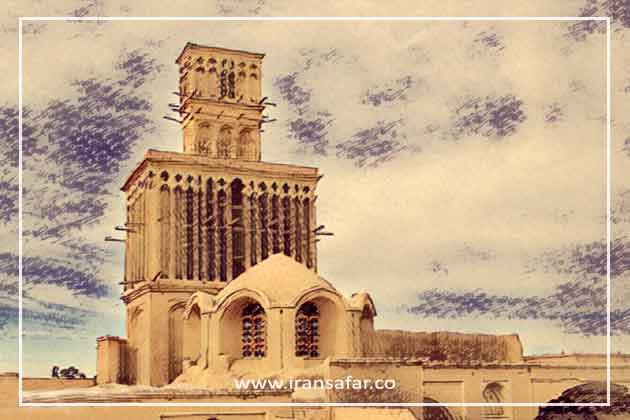
A Design Philosophy That Moves Beyond Imperial Structures

Title: Rethinking the Narrative: “Reverberations” and the Pluralism of Global Design Histories
In the world of design history, Western ideologies have traditionally occupied the center stage, shaping the narrative with doctrines like “form follows function” and the banishment of ornament as “crime.” These modernist ideals, originating in late 19th-century and early 20th-century Europe, predominantly from hubs like Paris and Berlin, have often positioned non-European traditions as peripheral influences rather than integral contributors to the evolution of design. But a striking exhibition at the Ford Foundation Gallery in New York is working to rewrite that story.
Titled “Reverberations: Lineages in Design History,” the exhibition strives to reframe global design narratives by centering Indigenous, Black, and diasporic aesthetics. Co-curated by Brian Johnson and Silas Munro, the show dismantles monocultural constructs and presents a vision of design that is richly plural, layered, and relational.
Decentering Western Hegemony
“Reverberations” boldly resists the dominant Eurocentric lens by highlighting how non-Western cultures have long employed design as a medium for storytelling, memory-keeping, identity formation, and resistance. Rather than treat these aesthetics as anomalies or curiosities, the exhibition instead affirms their place within global design history.
A striking example of this approach is the juxtaposition of two Tlingit formline raven masks—one a traditional wooden sculpture by master carver Nathan P. Jackson, and another a shimmering, digitally rendered mask by his son, artist Jackson Polys. Titled yélaa (verbal noun) (1) imitation; counterfeit | ‘the one that ravens’ (2025), Polys’s 3D creation fluctuates between tangible form and digital ether, symbolizing both generational knowledge transfer and the fluidity of identity.
Designing with Ancestral Codes
Throughout the gallery, the artworks and objects call attention to the deep sophistication and functionality embedded in traditional materials and methods. Navajo textile artist Melissa Cody’s tapestry seems at first an homage to the bright, geometrically aligned patterns of her heritage, only to surprise with digital-style glitches that disrupt the rhythm—an artistic metaphor for cultural distortion and resilience in a digitized age.
Similarly, Penobscot basketmaker Sarah Sockbeson weaves traditional sweetgrass into forms that are not only beautiful but technically waterproof. Her “Glowing Sunset on the Carabassett” (2011) showcases how ancestral knowledge systems implemented design strategies centuries before the language of modern design even existed.
Design as Historical Mapping
One of the most thought-provoking elements of “Reverberations” is how it connects design to the act of mapping time, space, and memory. A 19th-century Lukasa Memory Board from the Luba people of Central Africa offers insight into how tactile design can be used as an archive—beads, shells, and wooden grooves encode geographical and genealogical information in a format that predates modern cartography and digital data storage.
This inbuilt knowledge system resonates in contemporary works like William Villalongo and Shraddha Ramani’s collaborative piece “Black Migration ½” (2025), which reconceptualizes W.E.B. Du Bois’s pioneering data visualizations. Their design decouples the slave trade from its usual Western-centered presentation. In their version, Europe is folded and fragmented, destabilized from its traditional role on the map—turning geography into an activist art form.
Simultaneous Time and Indigenous Futures
Jeffrey Gibson’s architectural sculpture “Because Once You Enter My House, It Becomes Our House” (2020) exemplifies how Indigenous artists are reimagining public design through the lens of sovereignty and collective memory. Drawing inspiration from Mississippian civilizations—particularly the city of Cahokia with its monumental Monks Mound—Gibson imbues his work with messages like “The Future Is Present,” challenging stagnant ideas of Indigenous peoples as relics of the past. His pyramid transforms shared space into a beacon of mutual recognition and future-making.
Design in a State of Motion
What sets “Reverberations” apart is not just its curation of iconic or underrepresented works, but its refusal to fix historical narratives. The exhibition does not offer neat replacements for Eurocentric lineages—it offers a new methodology entirely, one in which design is viewed through a constellation of practices, both archival and futuristic, tactile and digital, rooted and migratory.
If modernism attempted to flatten difference in pursuit of universality, “Reverberations” asserts that design has always been multiple, and that its lineage is not a single thread but a woven tapestry. This is design not as an imperial export, but as an ongoing dialogue—between ancestors and descendants, between tool and ritual, between the material and the metaphysical.
Conclusion
“Reverberations: Lineages in